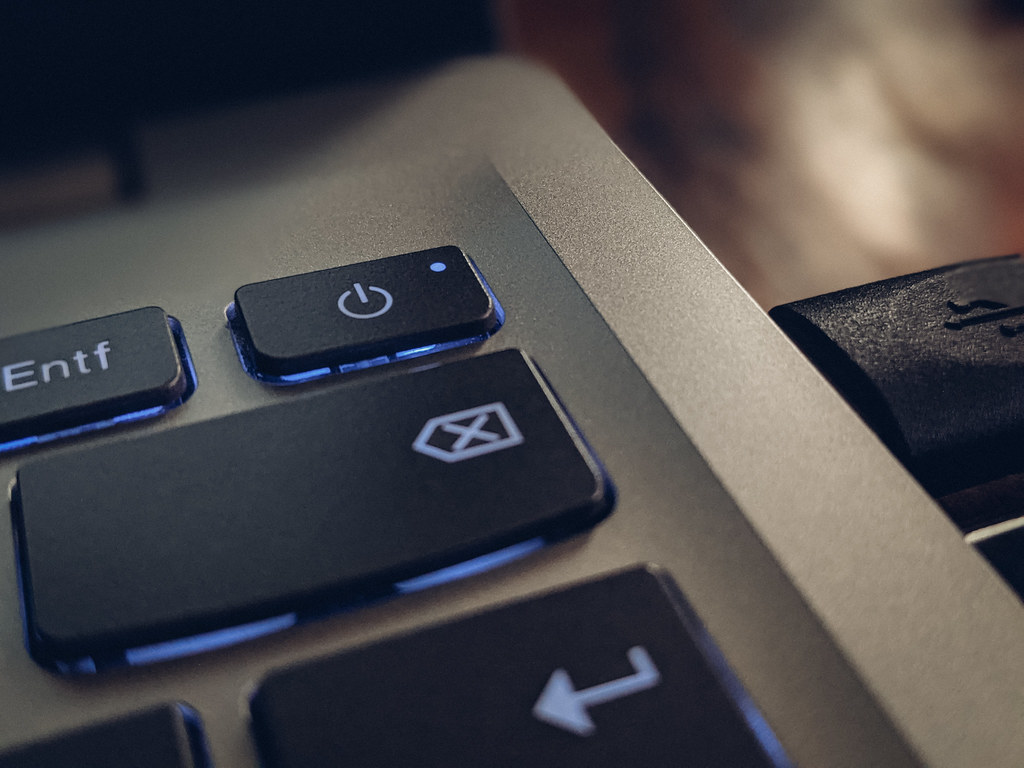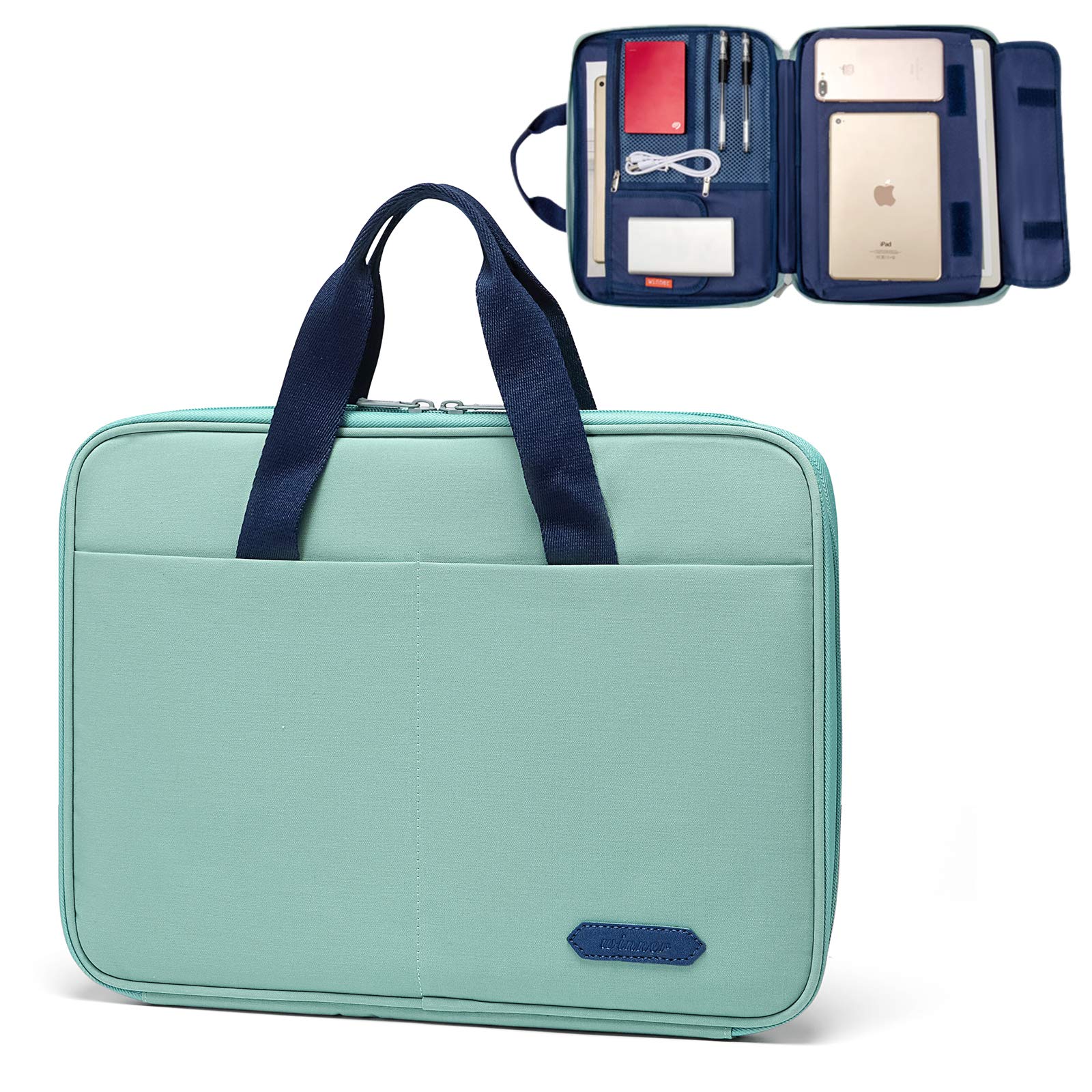Laptop screen not displaying? Here’s how to fix it.
Initial Troubleshooting Steps

1. Check the power source: Ensure that your laptop is properly connected to a power outlet or that the battery is charged. Try using a different AC adapter or power cord if necessary.
2. Restart your laptop: Press and hold the power button to turn off your laptop. Wait a few seconds, then press the power button again to turn it back on. This can sometimes resolve display issues.
3. Check the brightness settings: Use the function keys or keyboard shortcuts on your laptop to adjust the brightness. Sometimes, the screen may appear black due to low brightness settings.
4. Connect to an external monitor: If you have a separate computer monitor or TV, connect your laptop to it using a VGA or HDMI cable. If the external monitor displays the screen properly, the issue may be with your laptop’s display or graphics card.
5. Boot in safe mode: Restart your laptop and repeatedly press the F8 key before the Windows logo appears. Select “Safe Mode” from the menu. If your laptop’s screen works fine in safe mode, a software or driver issue may be causing the problem.
6. Update graphics drivers: Visit the website of your laptop’s manufacturer and download the latest graphics drivers for your specific model. Install the drivers and restart your laptop to see if the display issue is resolved.
Testing with an External Display
1. Connect your laptop to an external display using the appropriate cables or adapters.
2. Ensure that both the laptop and the external display are powered on.
3. Use the function key combination or keyboard shortcut to switch the display output to the external display. This is typically done by pressing the “Fn” key and the corresponding function key with a monitor icon on it.
4. If the external display shows a display, then the issue is likely with your laptop’s internal display. Consider troubleshooting or seeking professional assistance for further diagnosis and repair.
5. If the external display does not show any display, try adjusting the resolution settings on your laptop. Right-click on the desktop, select “Display settings,” and choose a lower resolution.
6. If the external display still does not work, it may be a problem with the graphics card or the drivers. Update your graphics card drivers or reinstall them.
7. If you have a bootable USB flash drive or boot disk, you can also try booting your laptop from it to see if the external display works during the boot process. This can help determine if the issue is with the operating system or the hardware.
8. If all else fails, it is recommended to consult a professional technician or contact the laptop manufacturer for further assistance. They may be able to provide specific troubleshooting steps or recommend repairs or replacements.
Reseating Memory and Drives

To fix a laptop with no screen display, one possible solution is to reseat the memory and drives. This process involves disconnecting and reconnecting the components to ensure a proper connection.
Before proceeding, make sure to turn off your laptop and disconnect it from any power source.
Here’s how to reseat the memory and drives:
1. Locate the memory modules and remove them from their slots. Use caution and be gentle while handling the memory sticks.
2. Carefully clean the gold contacts on the memory modules using a soft cloth or eraser.
3. Reinsert the memory modules back into their slots, making sure they are securely seated. Be sure to follow the correct orientation as indicated by the notches on the module and the slot.
4. Repeat the same process for any additional memory modules installed.
5. Next, locate the hard drive or solid-state drive (SSD) and disconnect the cables connected to it.
6. Carefully remove the drive from its bay and clean the connectors using a soft cloth or eraser.
7. Reinsert the drive back into its bay, ensuring it is securely seated. Reconnect the cables to the drive.
8. Once everything is reseated, power on your laptop and check if the screen display has been fixed.
Reseating memory and drives can help resolve issues related to loose connections or faulty contacts. If the problem persists, it may be necessary to seek further assistance or consider other troubleshooting steps.
Adjusting Brightness and Power Settings
To fix a laptop with no screen display, adjusting the brightness and power settings can often resolve the issue.
First, adjust the brightness: Use the keyboard shortcut specific to your laptop model to increase the brightness. If this doesn’t work, connect an external monitor to the laptop and check if it displays properly. If it does, adjust the brightness settings on the laptop’s monitor or in the operating system’s display settings.
Next, check the power settings: Ensure that the laptop is not in sleep mode or hibernation. Press any key or move the mouse to wake it up. If it doesn’t respond, try a hard reset by holding down the power button for 10 seconds, then release and turn it on again.
If these steps don’t resolve the issue, it may be related to a hardware problem or a more serious software issue. In such cases, it’s recommended to seek professional assistance or consult the laptop’s manufacturer for further troubleshooting.
Performing a Hard Reset
1. Disconnect any external devices such as USB flash drives or docking stations.
2. Remove the AC adapter and the power cord from the laptop.
3. Take out the battery from the laptop, if it is removable.
4. Press and hold the power button for about 15-20 seconds. This will drain any residual power from the laptop.
5. Reinsert the battery, if it was removed, and connect the AC adapter and power cord.
6. Press the power button to turn on the laptop and see if the screen displays properly.
If the screen still doesn’t display anything, it may indicate a deeper issue with the hardware or software. In such cases, it is recommended to seek professional help or contact the manufacturer’s support for further assistance.
Exploring Hardware Issues
| Issue | Description | Possible Causes | Solution |
|---|---|---|---|
| No Power | The laptop does not turn on at all. | Dead battery, faulty power adapter, motherboard failure. | Check power adapter and battery, try a different power source, or seek professional assistance. |
| Blank Screen | The laptop turns on, but the screen remains black. | Loose display cable, faulty backlight, GPU failure. | Check display cable connections, test with an external monitor, or seek professional assistance. |
| Distorted Display | The screen shows abnormal colors, lines, or pixelation. | Graphics card issues, loose connections, monitor failure. | Update graphics drivers, check display cable connections, or seek professional assistance. |
| Screen Flickering | The screen continuously flickers or flashes. | Faulty display driver, incompatible software, loose connections. | Update display drivers, uninstall incompatible software, or check display cable connections. |
| Cracked/Broken Screen | The screen has physical damage such as cracks or shattered glass. | Dropping the laptop, applying excessive pressure. | Replace the screen with a new one or seek professional assistance. |
FAQ
How do you fix a laptop that does not display?
To fix a laptop that does not display, start by testing the monitor. Ensure that your computer has fully restarted and verify that the power supply voltage switch is correctly set. Perform a hard reset and clear the BIOS memory. Reseat the memory modules and understand the LED lights. Finally, check the hardware for any potential issues.
What should I do if my laptop is on but the screen is black?
If your laptop is on but the screen is black, you can try using the keyboard shortcut Windows logo key + Ctrl + Shift + B to fix the issue.
What can cause a laptop screen not to display?
A laptop screen may not display due to connection issues with the monitor, problems with the display device or adapter, or a faulty system update or software/app installation.
Why my laptop is turning on but no display?
Your laptop may be turning on but not displaying anything due to incorrect display settings or a corrupted/outdated video driver.

